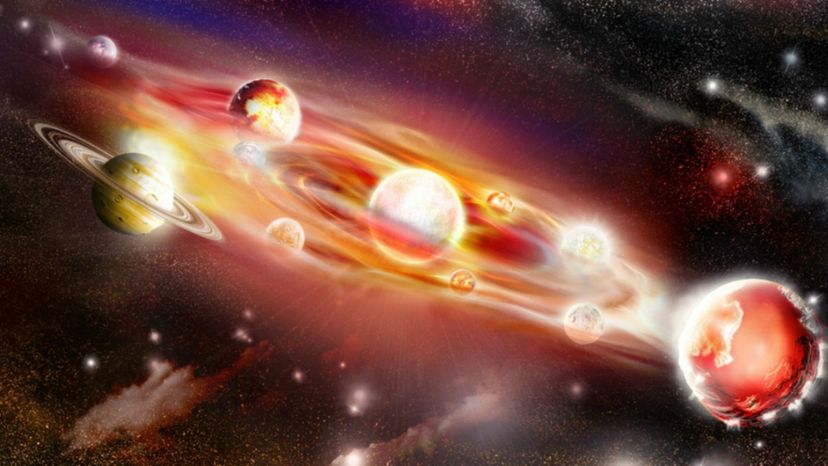
About This Quiz
The Earth is home to all of us, but we probably know more about our literal homes than about our planetary one. People used to believe all sorts of wrong facts about the Earth: that it was flat, that it was the center of the universe, that it was 6,000 years old. We know now that humanity's tenure represents a small part of Earth's history, and that even we don't know everything about this great big ball of rock. Indeed, we know more about what's in space than about some of the less accessible places on Earth, like the depths of the ocean and certain borderline, unreachable caves and wildernesses.
This quiz will test your knowledge of this blue planet of ours. If you think you know the basics - where Earth is in the order of planets from the sun, how big it is, how many continents there are - you'll surely begin strong. However, only an expert will make it through the tougher questions, as we get into population growth, sea level changes, and when the last Ice Age ended.
Time to dredge up your history, geography, and economic knowledge, and get ready to impress even yourself!
Advertisement
Advertisement
Advertisement
Advertisement
Advertisement
Advertisement
Advertisement
Advertisement
Advertisement
Advertisement
Advertisement